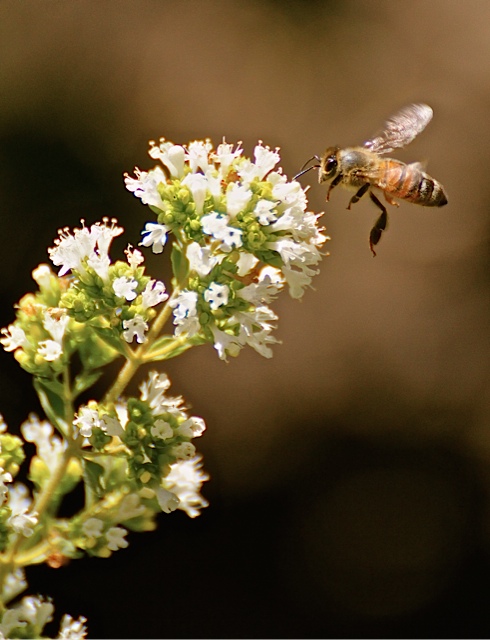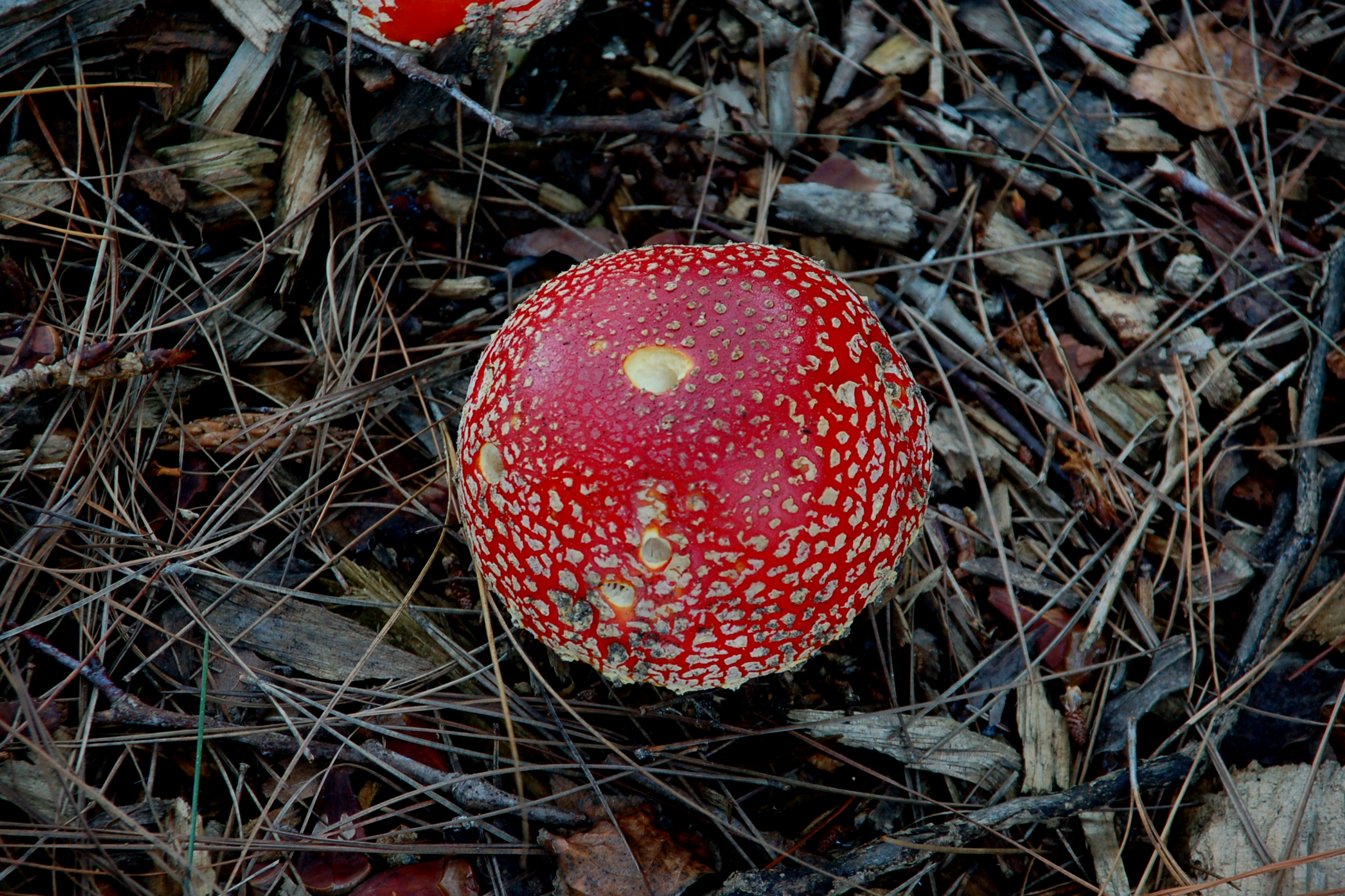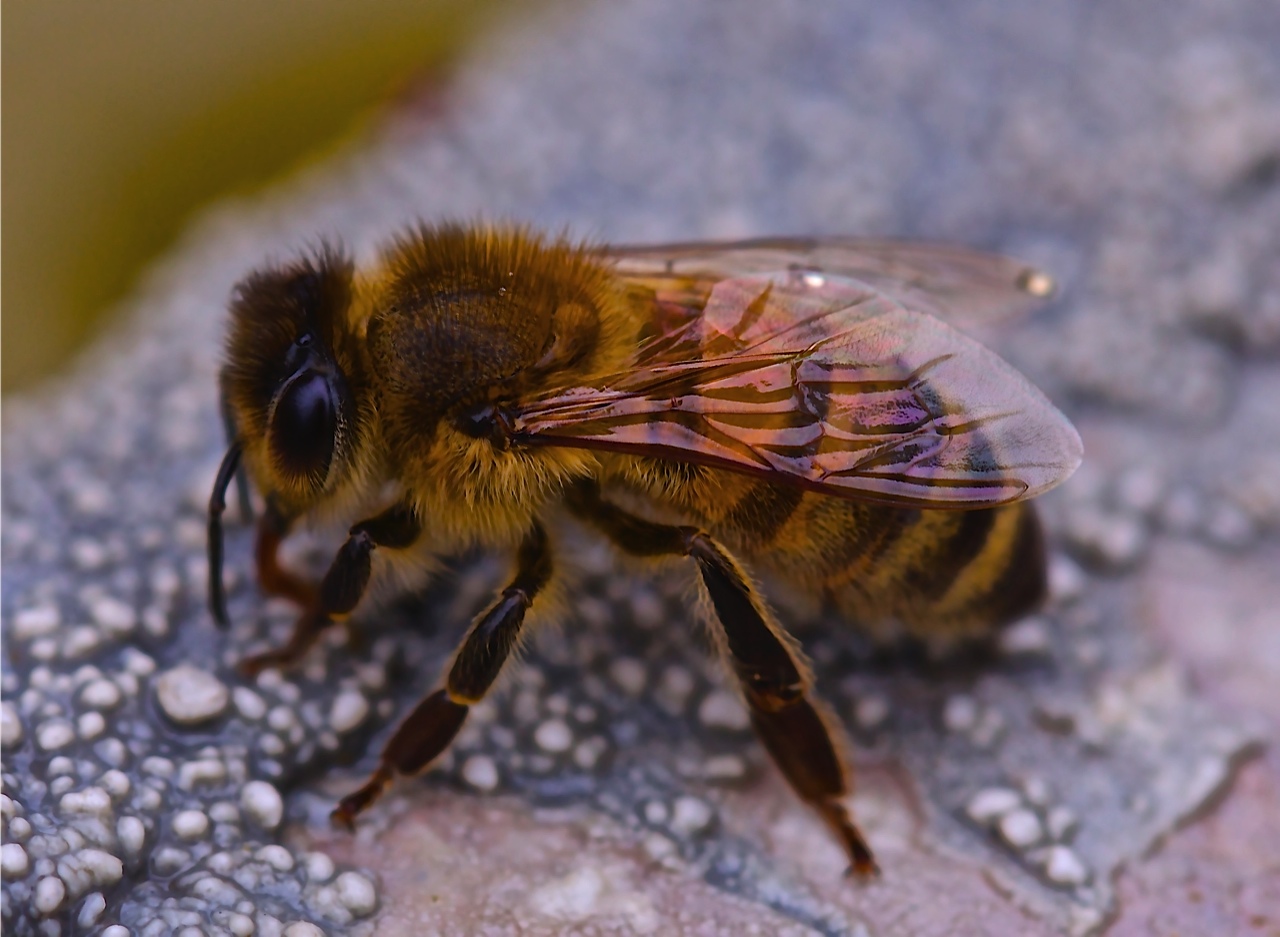There is entomophobia (fear of insects), entomophilia (love of insects) and bee fever (extreme love of bees). And then there are insect sting allergies that can trigger immediate systemic reactions in a small (1-7) percent of the general population including mild, moderate and severe hypersensitivity reactions.
Most adults won’t admit to either entomophobia or entomophilia, but bee fever is going through a popular upswing in urban areas, amongst people who are interested in urban farming, gardening and locavorism. At the same time European honeybees have been experiencing health challenges worldwide for a number of years that has been classified as colony collapse disorder (CCD). Native pollinators are also suffering from urbanization that destroys indigenous plant communities, which these native pollinators and their European competitors depend on.
 Why are bees dying? Scientific studies and public policy debates have focused on the neonictonid (synthetic nicotine based) family of insecticides, but the USDA and many scientists believe that there are multiple causes for CCD including pathogens, parasites, “management stressors” like poor nutrition, overcrowding, increased migratory stress, and environmental stressors including resource scarcity, lack of diversity, low nutritional value pollen and nectar, poor access to water or diminishing water resources and pesticides.
Why are bees dying? Scientific studies and public policy debates have focused on the neonictonid (synthetic nicotine based) family of insecticides, but the USDA and many scientists believe that there are multiple causes for CCD including pathogens, parasites, “management stressors” like poor nutrition, overcrowding, increased migratory stress, and environmental stressors including resource scarcity, lack of diversity, low nutritional value pollen and nectar, poor access to water or diminishing water resources and pesticides.
While scientists and backyard beekeepers study and try alternative management schemes, all parties promote planting bee plants. How then can a person or vulnerable persons reduce their risk from insect stings if they like to be outdoors in the garden or play field sports on live turfgrass?
1. Do not install or encourage “bee plants” in the gardens and landscapes that you design or manage if you have sensitive reactions, or are concerned about friends, family or populations that may be vulnerable. Elementary school sites, where food gardens are currently very popular, are obvious places to carefully consider plant choices, hospital and healing gardens are also places that should be avoiding plants that attract stinging pollinators.
2. Grab a local list of “bee plants” and use that as your caution list in those areas. Here are some links to a few examples;
The Xerces Society for Invertebrate Conservation, National Pollinator Resource Center

